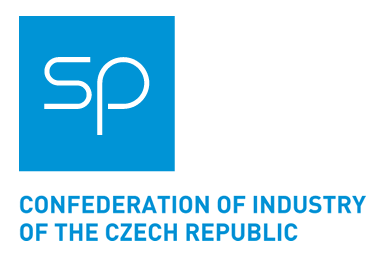Czech Business Today
EESC CORNER: January Package Energy & Climate – Industrial Competitiveness
Wednesday, January 22nd only marks the tabling of a proposal by the Commission. For the proposal to become policy, all 28 EU member states have to agree to at least part of the proposal.
It is important to realize, that the proposal had still been drafted more on a host of various, and often contradicting wishes, than on thorough and impartial assessment of implementation of the current policies although traces of positive movements towards desired changes cannot be overlooked. The key elements of this package comprise the following proposals:
- A binding target to reduce Green House Gas (GHG) emissions by 40 % compared to 1990 levels – up from 20 % in 2020.
- A proposal of fixing the EU ETS by tightening the reduction factor from 1.74 % p.a. to 2.2 % p.a.
- A binding target to have 27 % of energy produced in the EU by renewables by 2030 – however, there will be no binding targets for specific member states. The Commission suggests this could mean 45 % of electricity being produced by renewables. There will be a new ‘governance system’ to manage progress in renewables in each state.
- No new specific target on energy efficiency or on transport fuels. This is largely down to the struggle to meet the previous targets and the move against biofuels.
- No specific regulation on shale gas. In practice, this new package will not change the competitiveness of industry in the short run. The high pile of documents released by the Commission analyses and promises, but in the end it only proposes one legal act – the change of the EU ETS. But is this enough?
The Commission finally acknowledged energy prices in Europe are uncompetitive. It also recognised the way the EU supported renewable energy was unsustainable. It is now up to EU member states to change this approach.
The impact on European competitiveness of a 40% CO2 reduction target by 2030 for the entire EU economy cannot be underestimated either. The suggested changes by the Commission for industrial sectors will require emission reductions of 43% in 2030, 65% in 2040 and 87% in 2050. The European Council in March needs to assess the feasibility of this package in detail and develop tools that support the deployment of innovative low-carbon solutions in industry.
Additionally, the cost and feasibility of decarbonising the current power sector is not addressed. This will increase electricity bills, which are already too high. The EU will have to explore new models of decarbonising the power sector, other than via the carbon price alone. Given the sizeable shift towards greater flexibility, there is a clear sign that the current policy has been inadequate. However, it has taken six years for this realisation to set in – at a huge economic cost to Europe’s households and businesses and this story can ́t be repeated.
Josef Zbořil
Member of EESC,
Group I – Employers





